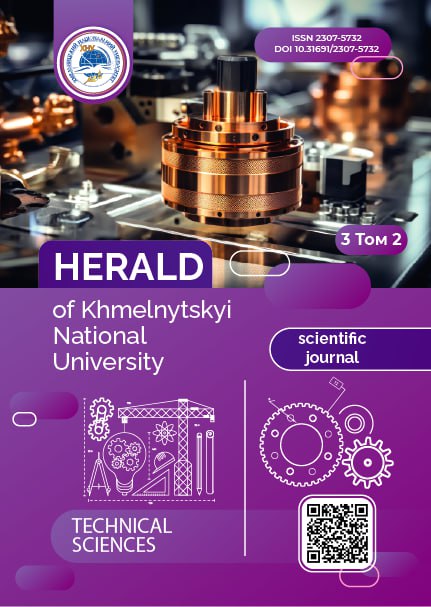ІНТЕЛЕКТУАЛІЗАЦІЯ СИСТЕМ ТРАНСПОРТУВАННЯ ПОЛІГРАФІЧНИХ НАПІВФАБРИКАТІВ НА ОСНОВІ МАШИННОГО ЗОРУ ТА ШТУЧНОГО ІНТЕЛЕКТУ
DOI:
https://doi.org/10.31891/2307-5732-2025-353-16Ключові слова:
інтелектуалізація, машинний зір, штучний інтелект, конвеєрні системи, транспортування, поліграфічні напівфабрикати, автоматизація, робототехніка, роботизовані маніпуляториАнотація
У статті розглянуто можливості застосування технологій машинного зору та штучного інтелекту (ШІ) для інтелектуалізації систем транспортування поліграфічних напівфабрикатів. Проаналізовано сучасні методи автоматизації транспортування процесів у поліграфічній промисловості, розглянуто підходи до розпізнавання, сортування та контролю якості продукції.
Завантаження
Опубліковано
16.06.2025
Номер
Розділ
Статті
Ліцензія
Авторське право (c) 2025 АНДРІЙ ІВАНКО, МИКОЛА ЗЕНКІН, ВОЛОДИМИР ПОДОБЄД (Автор)

Ця робота ліцензується відповідно до ліцензії Creative Commons Attribution 4.0 International License.
Як цитувати
ІВАНКО, А., ЗЕНКІН, М., & ПОДОБЄД, В. (2025). ІНТЕЛЕКТУАЛІЗАЦІЯ СИСТЕМ ТРАНСПОРТУВАННЯ ПОЛІГРАФІЧНИХ НАПІВФАБРИКАТІВ НА ОСНОВІ МАШИННОГО ЗОРУ ТА ШТУЧНОГО ІНТЕЛЕКТУ. Herald of Khmelnytskyi National University. Technical Sciences, 353(3.2), 128-134. https://doi.org/10.31891/2307-5732-2025-353-16

